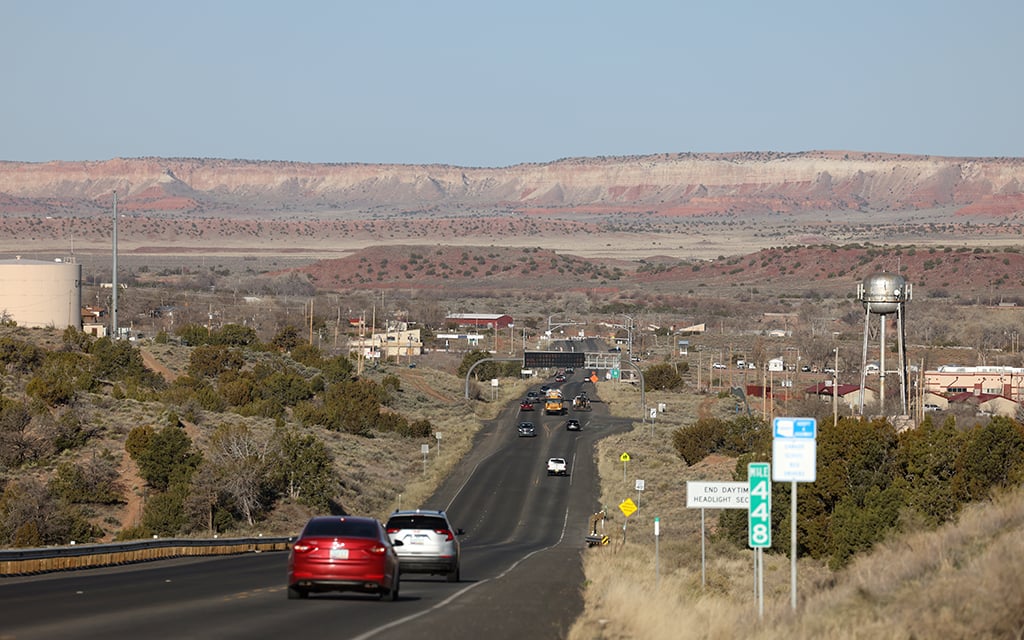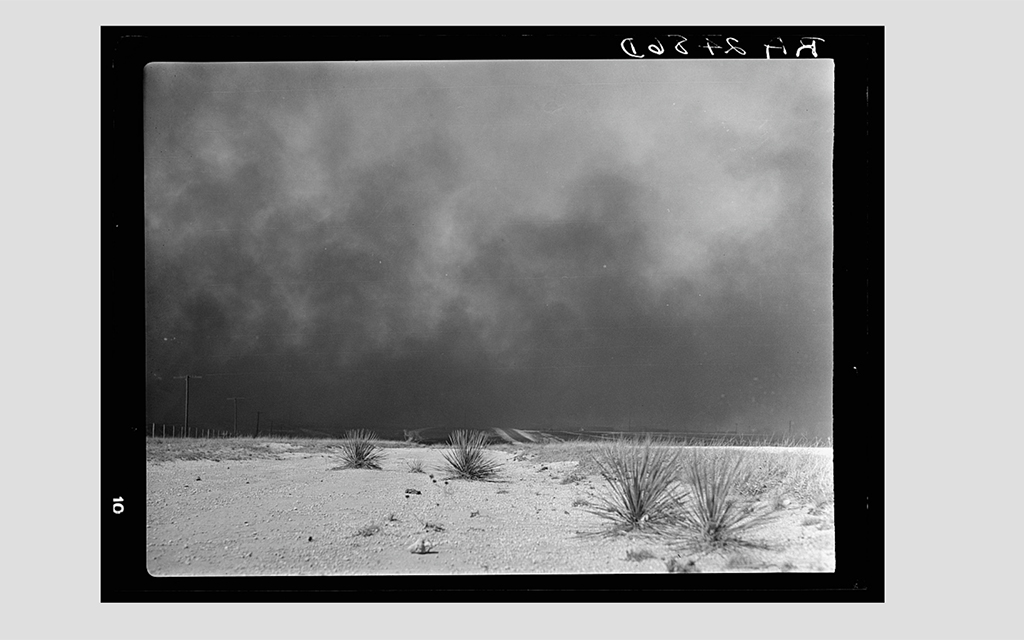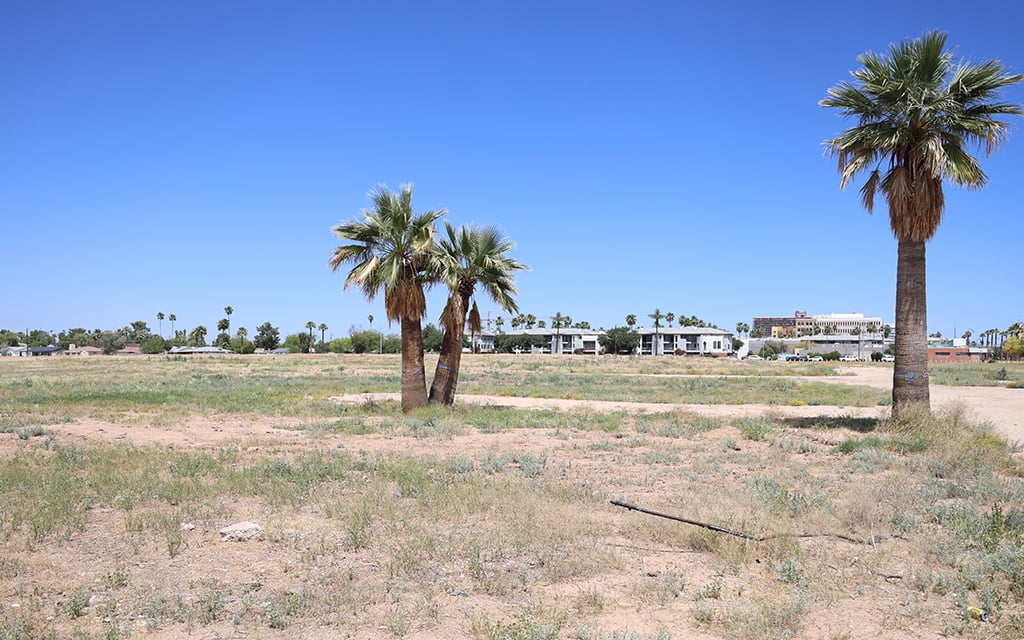New Sage Memorial Hospital transforms Navajo health care
GANADO – A new $177 million state-of-the-art medical facility in the Navajo Nation is nearing completion. Before the new hospital opens, staff must keep caring for patients in cramped spaces and with outdated equipment. All of that will change this fall when the new facility opens. Here’s a look at how radically different the new hospital will be.
Sage Memorial Hospital in Navajo Nation constructs new facility to improve health care
GANADO – Sage Memorial Hospital is opening a new facility in Ganado, looking to improve rural health care for the Diné people. Despite project hurdles and construction setbacks, the community is looking forward to the hospital’s opening.
Mobile units and nutrition assistance extend Sage Memorial’s reach
GANADO – Sage Memorial Hospital is tackling access to health care beyond its main facility in Ganado, with two mobile units.
Medical interpreters break the language barrier in Phoenix hospitals, use interpretation and translation services to broaden accessibility
PHOENIX – Health care accessibility includes language. Phoenix hospitals are using interpretation and translation services to help non-English speakers access necessary care.
Salton Sea immigrant community experiences high rates of asthma from inhaling dust from the drying sea bed
NORTH SHORE, California – Childhood asthma rates are disproportionately high for immigrant families who live and work near the Salton Sea in Southern California. Scientists say the alarming rate of respiratory problems comes from inhaling dust of decayed fish that ingested toxic materials flowing into the sea from nearby agricultural sites.
San Antonio oncologists tackle rising rates of cancer deaths in Latinos
SAN ANTONIO – Cancer is the leading cause of death in the Hispanic community, accounting for 20% of deaths. Providers and researchers point toward a lack of access and awareness to early screening and treatment.
Arizona ranks 49th in nation for access to adult mental health care
PHOENIX – Mental Health America ranked Arizona 49th on its national list for adult mental health care, indicating a higher prevalence of mental illness and lower access to care within the state.
Downtown Phoenix Farmers Market, Phoenix Bioscience Core promote health education at festival
PHOENIX – The Downtown Phoenix Farmers Market partnered with the Phoenix Bioscience Core to host the first Health & Wellness Phoestival earlier this month. In an attempt to bring health education and promote healthy living, the festival featured guest speakers, cooking demonstrations and health vendors.
The Society of St. Vincent de Paul will provide more beds to help the homeless survive extreme heat this summer
PHOENIX – Temperatures in Phoenix officially hit 100 degrees on April 21, earlier than usual. Phoenix’s Society of St. Vincent de Paul changed its priorities in order to help those who are homeless survive extreme heat and stay safe this summer.
Year of Medicaid ‘unwinding’ cuts 600,000, but renews nearly 2 million on state’s rolls
PHOENIX - One year after starting Medicaid unwinding, AHCCCS renewed Medicaid coverage for more than 2 million and disenrolled over 600,000 Arizona recipients.
The rise of Valley fever
SAN JOAQUIN VALLEY, Calif. – Valley fever has been infecting people in the Southwest U.S., Central America and South America for decades. Its name comes from early cases detected in the San Joaquin Valley, California.
Valley fever, a fungal disease endemic to the Southwest, disproportionately affects minority populations
TUCSON – Valley Fever, a disease caused by Coccidioides spores, can cause life-threatening illnesses, particularly in Black, Hispanic and Native American communities. There is still a lack of awareness as to how serious this disease can get, and the scope of it, even in the medical community.











